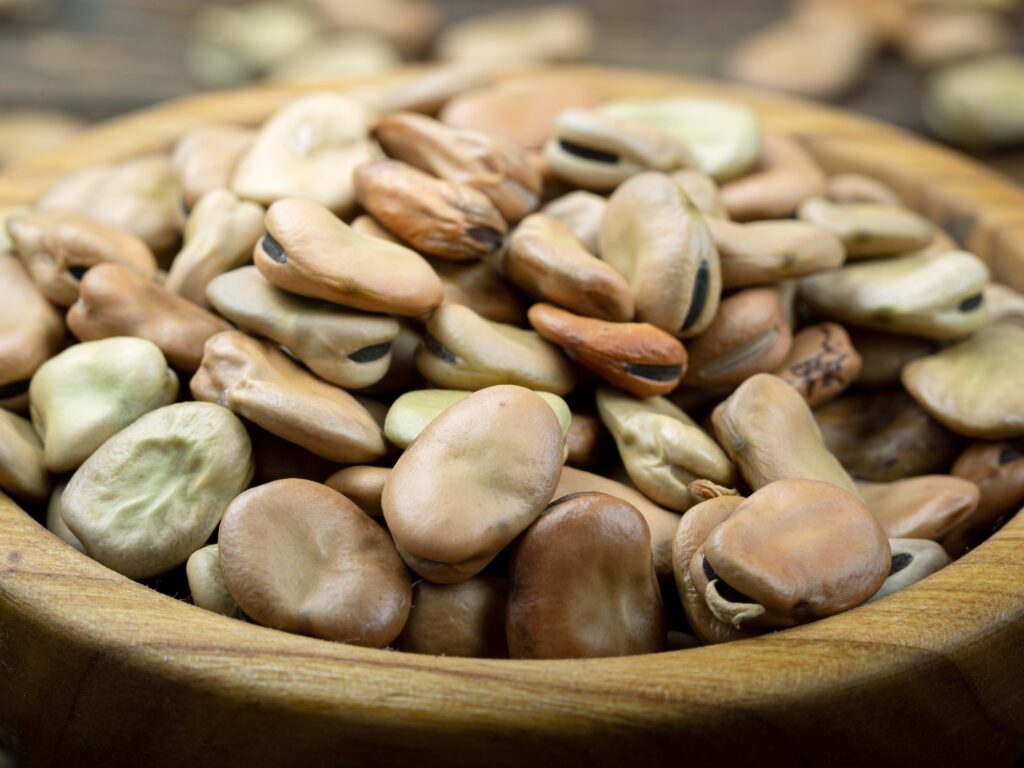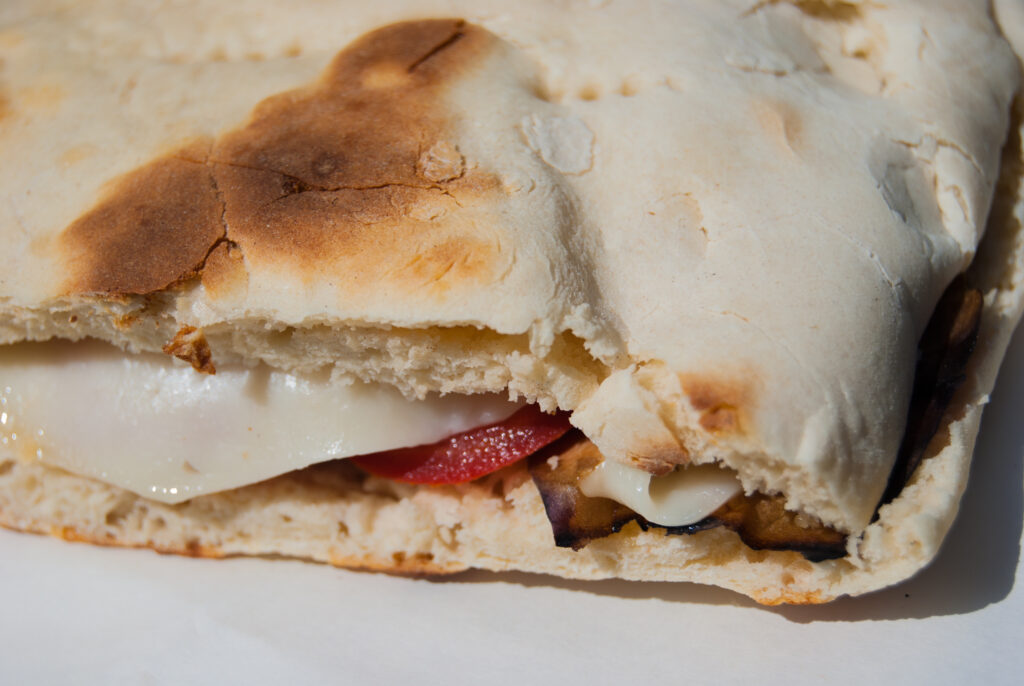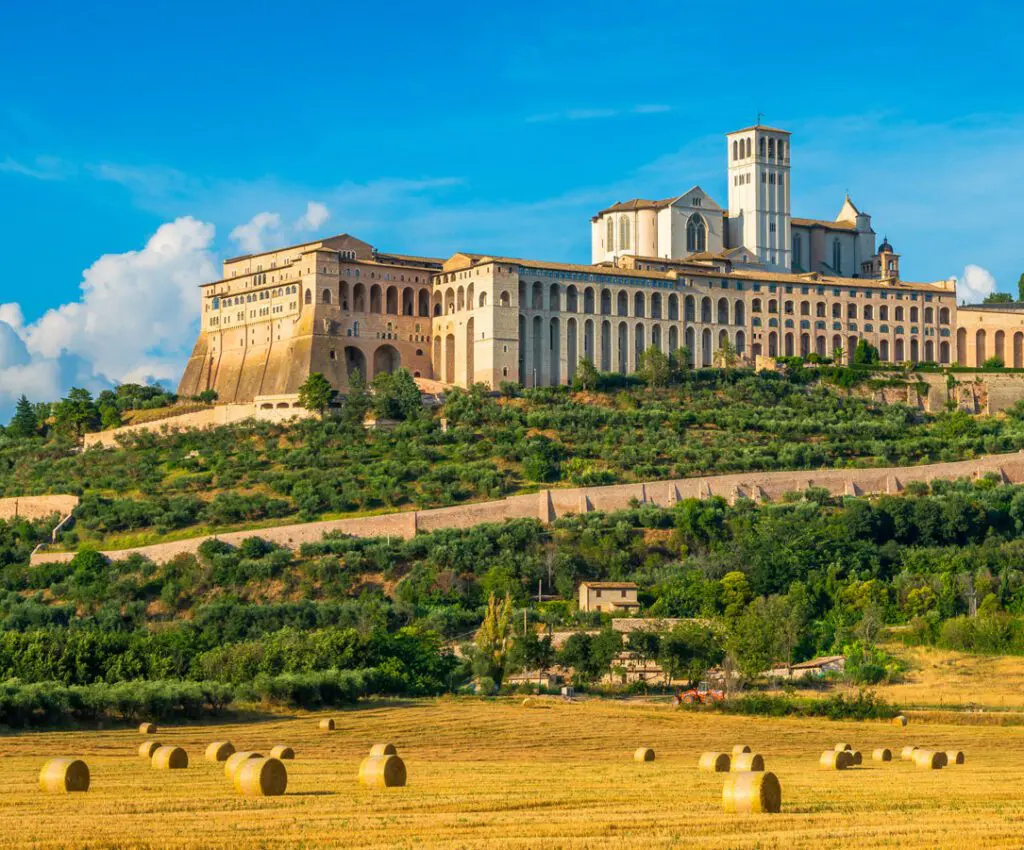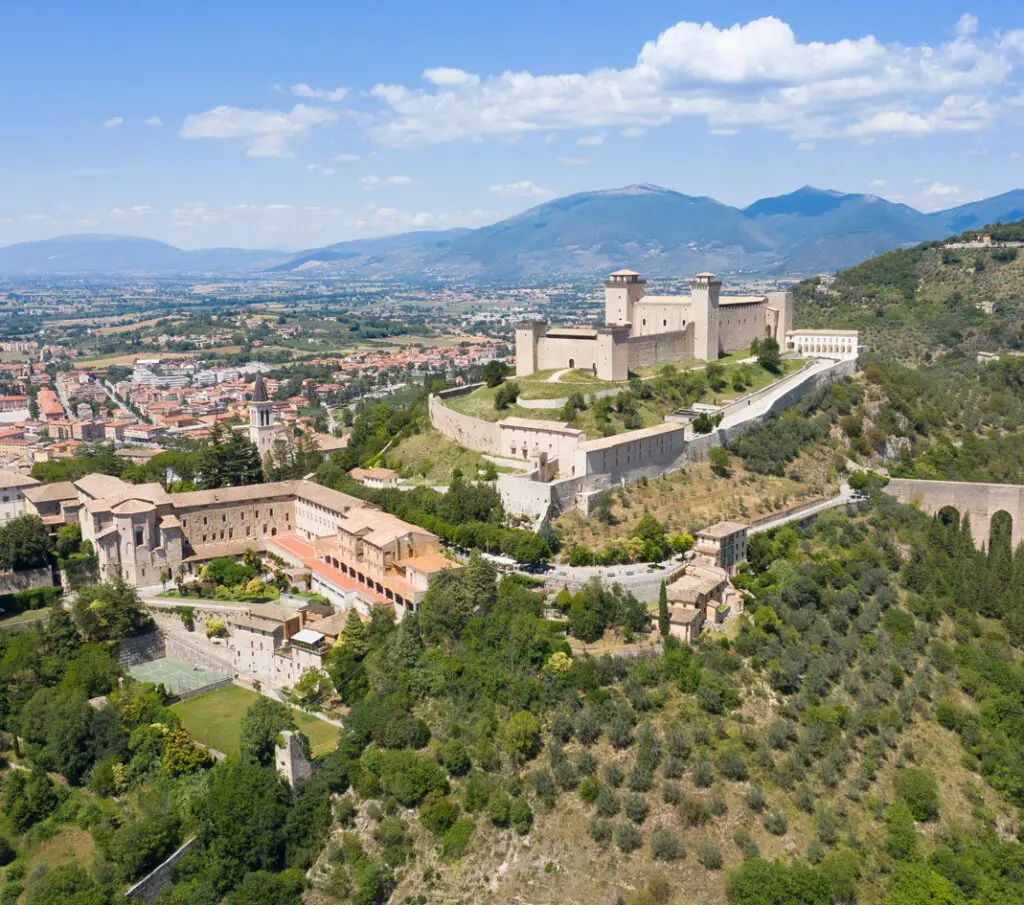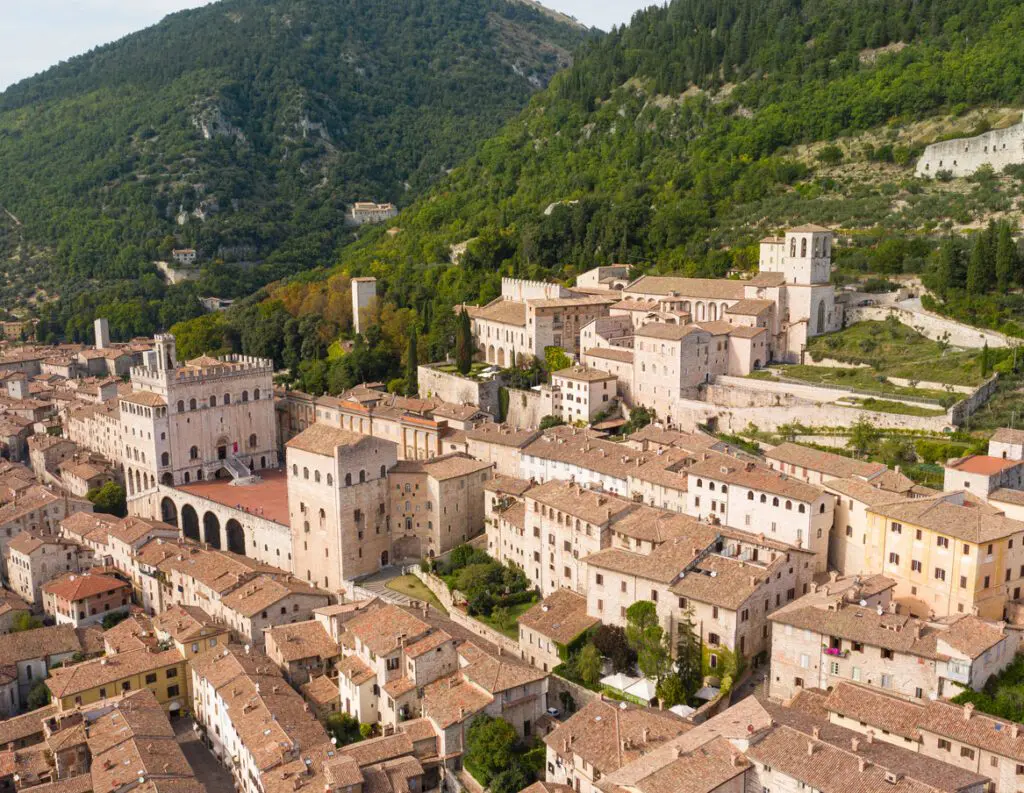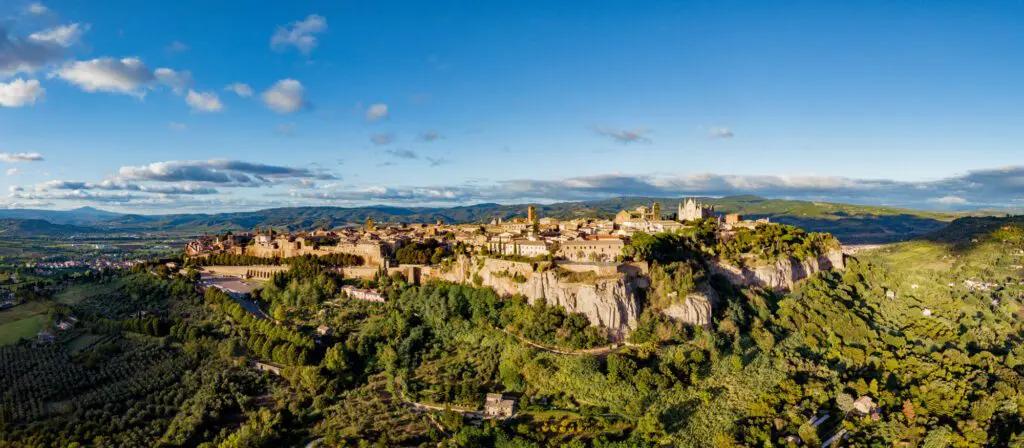While observing the Umbrian countryside, it is possible to immediately identify which is one of the cultivated products that best characterises the territory: olive trees, from which the extra virgin oil is obtained. Umbria is among the Italian regions to have obtained the DOP (PDO - Protected Designation of Origin) designation for the production of olive oil.
From the ancient Etruscans to the DOP designation
Already from Etruscan period, the cultivation of olive trees was a widely practised activity. It is proved by the numerous archaeological finds (including oil containers but also ruins of old oil mills) dating back to that period that has come to light as a result of archaeological excavations in the area. Oil was both produced and sold by the Etruscans. In the 1st century B.C., Otricoli, a town in the province of Terni located on a bend in the river Tiber, had already become a real trading port. Ships departed from the port to take oil to Rome, where this oil was considered a much more valuable product than the one coming from the Iberian area.
The Umbrian extra virgin olive oil has obtained the DOP designation. Receiving it implies that olives must be exclusively grown in Umbria, and the oil processing and bottling must take place respectively in a local mill and a local company. The olive trees are mainly in five well-defined geographical areas: the Colli Amerini, the Colli Assisi-Spoleto, the Colli Martani, the Colli Orvietani and the Colli del Trasimeno. There are different varieties of olives: Leccino, Frantoio, Moraiolo, San Felice, Rajo and Dolce Agocia. Harvesting is mechanical or manual and usually takes place by the end of December.
The colour of extra virgin olive oil changes from green to golden yellow depending on the origin of the olives; it has an intense aroma and a fruity flavour with a bitter and spicy aftertaste. These characteristics make this product very versatile in cooking. Many traditional Umbrian dishes are prepared or seasoned with olive oil, either hot or cold. It is mainly used for roasts, vegetables and first courses, but the best way to enjoy it is with a hot bruschetta, a slice of toasted bread with oil and a pinch of salt on top. A simple dish that fully represents the ancient territorial traditions of Umbria.
The request for UNESCO recognition
Umbria is very attached to its olive trees, so much so that some mayors of cities of this region have applied for Unesco recognition for olive trees and their product. In Umbria, there is a “fascia olivata” (olive belt), an area of more than 40 kilometres that runs continuously through six cities from Assisi to Spoleto, covering about 9,000 hectares of land and with almost 1,500,000 trees. The result of this millenary agricultural tradition could therefore obtain recognition as a Unesco Heritage for being among the main olive-growing areas in the region, but also for its rare and unique characteristics.
Vivi l’Umbria insieme ai suoi protagonisti
Percorsi ed esperienze da scoprire per un’immersione nella cultura, nella natura e nei sapori umbri

